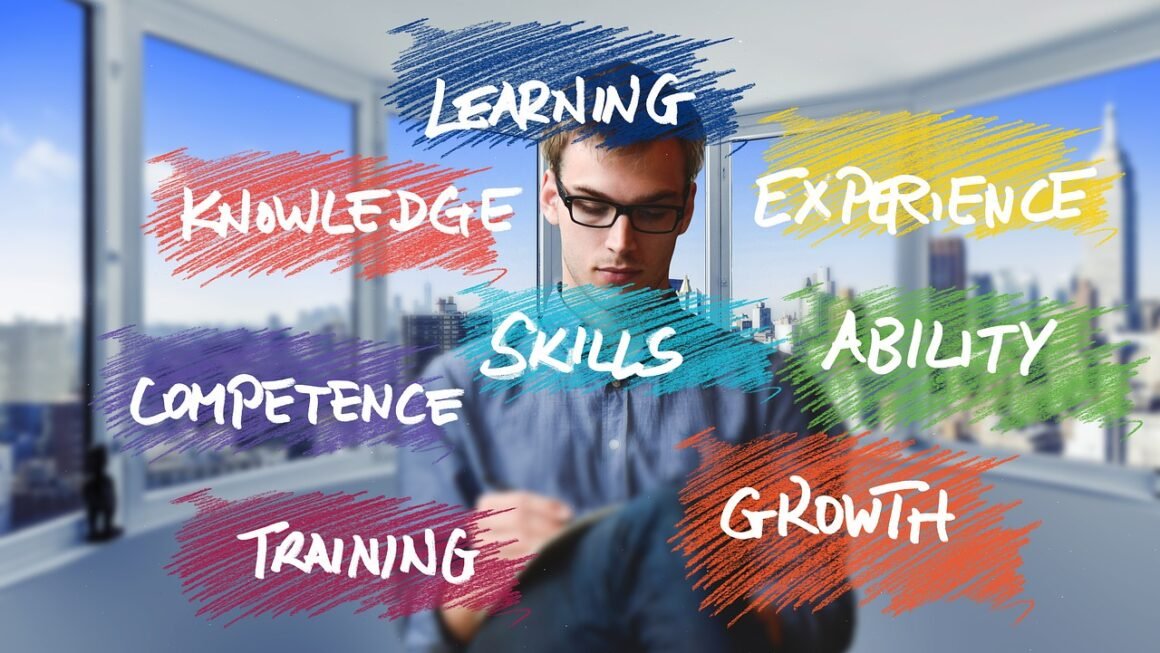In today’s increasingly digital world, remote work has transitioned from a perk to a prevalent reality for many. While offering immense flexibility and autonomy, it also presents unique challenges to maintaining productivity. Fortunately, Artificial Intelligence (AI) is emerging as a powerful tool to bridge these gaps, enabling remote workers to optimize their workflows, enhance collaboration, and achieve peak performance. This post explores how AI is revolutionizing remote productivity, providing practical strategies and examples to help you leverage its potential.
AI-Powered Task Management and Prioritization
Remote work often blurs the lines between personal and professional life, leading to distractions and difficulty in managing tasks effectively. AI offers intelligent solutions to streamline task management and ensure focus on the most critical activities.
Smart Task Prioritization
- AI Algorithms: AI algorithms analyze tasks based on deadlines, importance, and dependencies. Tools like Asana, Todoist, and Microsoft To Do now integrate AI features that automatically prioritize tasks based on your input and project requirements.
- Predictive Analysis: Some AI-powered task managers predict potential roadblocks and suggest adjustments to timelines, preventing delays and ensuring projects stay on track. For example, if a task heavily depends on external feedback and the system detects a slow response pattern from the stakeholder, it may proactively suggest sending a reminder or escalating the matter.
- Example: Imagine you’re managing a marketing campaign. AI could automatically identify tasks related to the highest-performing channels and prioritize them, ensuring that your efforts are concentrated where they yield the greatest return.
Automated Scheduling and Reminders
- Intelligent Calendars: AI-integrated calendar applications like Google Calendar and Microsoft Outlook analyze your availability, preferences, and meeting objectives to suggest optimal meeting times.
- Automated Reminders: AI can automate reminders for upcoming tasks, deadlines, and meetings, reducing the risk of missed appointments and forgotten responsibilities. These reminders can be customized based on urgency and context.
- Practical Application: Set up smart reminders that consider travel time to external meetings or preparation time needed before internal reviews. This ensures you’re always punctual and prepared.
Enhancing Communication and Collaboration with AI
Effective communication is paramount for remote teams. AI tools are revolutionizing how teams collaborate, break down communication barriers, and ensure everyone stays informed.
AI-Driven Communication Platforms
- Real-Time Translation: AI-powered translation tools within platforms like Slack, Microsoft Teams, and Zoom facilitate communication between team members who speak different languages. This ensures clear understanding and reduces misunderstandings, fostering inclusivity.
- Sentiment Analysis: AI algorithms can analyze team communications to detect changes in sentiment, allowing managers to identify potential issues early and address them proactively. For instance, a sudden increase in negative sentiment in a project channel might indicate emerging challenges or conflicts.
- Example: Consider a global marketing team collaborating on a campaign. AI-driven translation tools allow seamless communication between team members in different countries, ensuring everyone is on the same page regardless of their native language.
Smart Meeting Management
- Automated Meeting Summaries: AI tools like Otter.ai and Fireflies.ai automatically transcribe and summarize meetings, providing concise recaps for attendees and those who couldn’t attend. This saves time and ensures everyone has access to key information.
- Action Item Extraction: AI algorithms can automatically identify and extract action items from meeting transcripts, assigning them to relevant team members and setting deadlines. This ensures accountability and follow-through.
- Virtual Assistants for Meetings: AI assistants can schedule meetings, send reminders, and manage participant lists, streamlining the meeting process and freeing up valuable time for team members.
AI for Focus and Well-being
Remote work can be isolating and challenging, leading to burnout and decreased productivity. AI is being developed to enhance focus and promote well-being for remote workers.
AI-Powered Focus Tools
- Distraction Blocking: AI-powered apps like Freedom and RescueTime analyze your browsing habits and block distracting websites and applications, helping you stay focused on your tasks. These apps can be customized to block specific websites or types of content during certain times of the day.
- Personalized Focus Sessions: AI can analyze your work patterns and suggest optimal times for focused work sessions, taking into account your energy levels and peak performance periods. This helps you maximize your productivity during your most productive hours.
- Noise Cancellation: AI-powered noise cancellation tools, integrated into headphones and communication platforms, minimize distractions by filtering out background noise, allowing you to concentrate on your tasks and conversations.
Well-being Monitoring and Support
- Stress Detection: Wearable devices and AI algorithms can monitor your stress levels and provide personalized recommendations for stress reduction, such as guided meditations or breathing exercises.
- Mental Health Support: AI-powered chatbots and virtual therapists can provide anonymous and accessible mental health support, helping remote workers manage stress, anxiety, and feelings of isolation. These tools can offer coping strategies, connect users with resources, and provide a safe space to express their feelings.
- Example: Imagine you consistently work long hours. An AI-powered app could recognize this pattern and suggest taking breaks, engaging in physical activity, or practicing mindfulness to prevent burnout.
Automating Repetitive Tasks with AI
Repetitive tasks can be time-consuming and demotivating for remote workers. AI can automate these tasks, freeing up valuable time for more strategic and creative work.
Robotic Process Automation (RPA)
- Data Entry and Processing: RPA tools can automate data entry, data extraction, and data processing tasks, reducing the risk of errors and freeing up employees to focus on higher-value activities.
- Report Generation: AI can automate the generation of reports from various data sources, providing insights and saving time on manual report creation.
- Customer Service Automation: AI-powered chatbots can handle routine customer inquiries, freeing up customer service representatives to focus on more complex issues.
- Practical Application: Use RPA to automate the process of compiling monthly sales reports. AI can automatically extract data from different systems, format it into a report, and distribute it to relevant stakeholders.
Intelligent Document Processing (IDP)
- Document Classification: IDP tools can automatically classify and categorize documents, making it easier to find and manage information.
- Data Extraction from Documents: AI can extract relevant data from documents, such as invoices, contracts, and forms, eliminating the need for manual data entry.
- Document Summarization: AI algorithms can summarize lengthy documents, providing concise overviews and saving time on reading and comprehension.
Conclusion
AI is rapidly transforming the landscape of remote productivity, offering a suite of tools and solutions to enhance task management, communication, focus, and automation. By embracing AI, remote workers can overcome the challenges of remote work, optimize their workflows, and achieve new levels of productivity and well-being. As AI continues to evolve, its potential to empower remote teams will only grow stronger, making it an indispensable tool for success in the modern workplace. Implementing even a few of these AI-driven strategies can significantly improve your remote work experience, making you more efficient, engaged, and ultimately, more successful.




